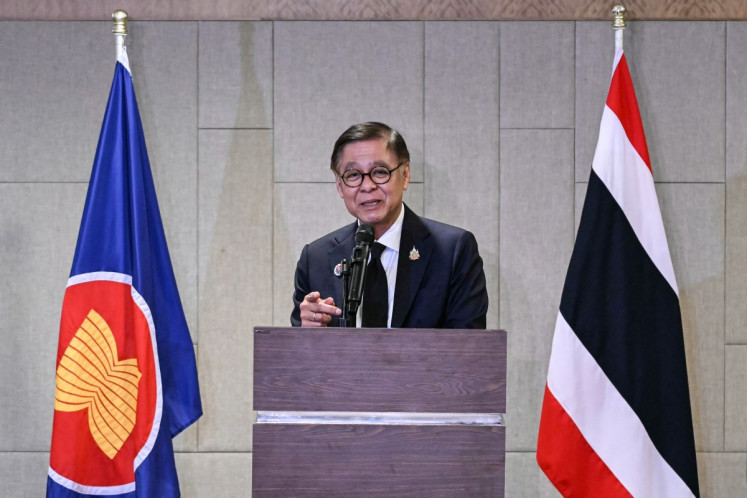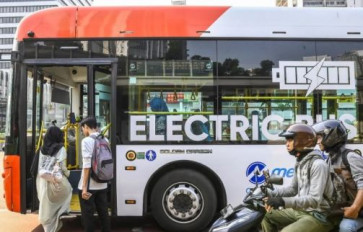Popular Reads
Top Results
Can't find what you're looking for?
View all search resultsPopular Reads
Top Results
Can't find what you're looking for?
View all search resultsInconsistencies may hamper Jakarta’s public transit expansion
Governor Pramono Anung recently introduced a regulation to cut fuel tax by half, down to 5 percent for private vehicles and 2.5 percent for public ones, risking incentivizing greater private vehicle use and derailing emission targets.
Change text size
Gift Premium Articles
to Anyone
T
he Jakarta administration is intensifying efforts to address its chronic traffic congestion and worsening air pollution, from introducing low-emission zones to expanding public transportation networks to satellite cities, but experts warn that policy loopholes could undermine such initiatives.
According to the National Police Traffic Corps, Greater Jakarta is home to approximately 19 million motorcycles and 4 million cars, figures that contribute heavily to traffic jams and deteriorating air quality. The 2024 Global Traffic Scorecard ranks Jakarta as the seventh most congested city worldwide, reflecting the scale of the issue.
In response, the city has rolled out various measures. Since 2021, two low-emission zones have been launched in Kota Tua, West Jakarta, and Tebet Eco Park, South Jakarta, restricting access to high-emission vehicles.
More recently, newly inaugurated Jakarta Governor Pramono Anung has also pledged to improve connectivity between Jakarta’s public transportation networks and surrounding cities, aiming to encourage a shift from private vehicle use to mass transit. Currently, public transportation accounts for only around 10 percent of daily commutes, far short of the 55 percent target set for 2045.
These initiatives are part of broader goals to cut emissions by 30 percent by 2030 and reach net-zero by 2050.
Read also: Commuters laud new Transjabodetabek route, but demand more feeders
A zero-sum game


















